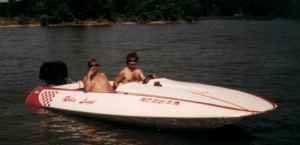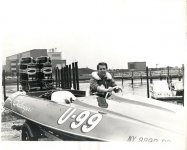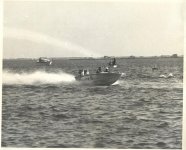Ratickle
Founding Member / Super Moderator
An interesting boat for sale.
1966 Carlson Challenger Tunnel Hull Race boat
Rich, any comments?????
http://minneapolis.craigslist.org/wsh/boa/1809973653.html
1966 Carlson Challenger Tunnel Hull Race boat
Rich, any comments?????
http://minneapolis.craigslist.org/wsh/boa/1809973653.html



